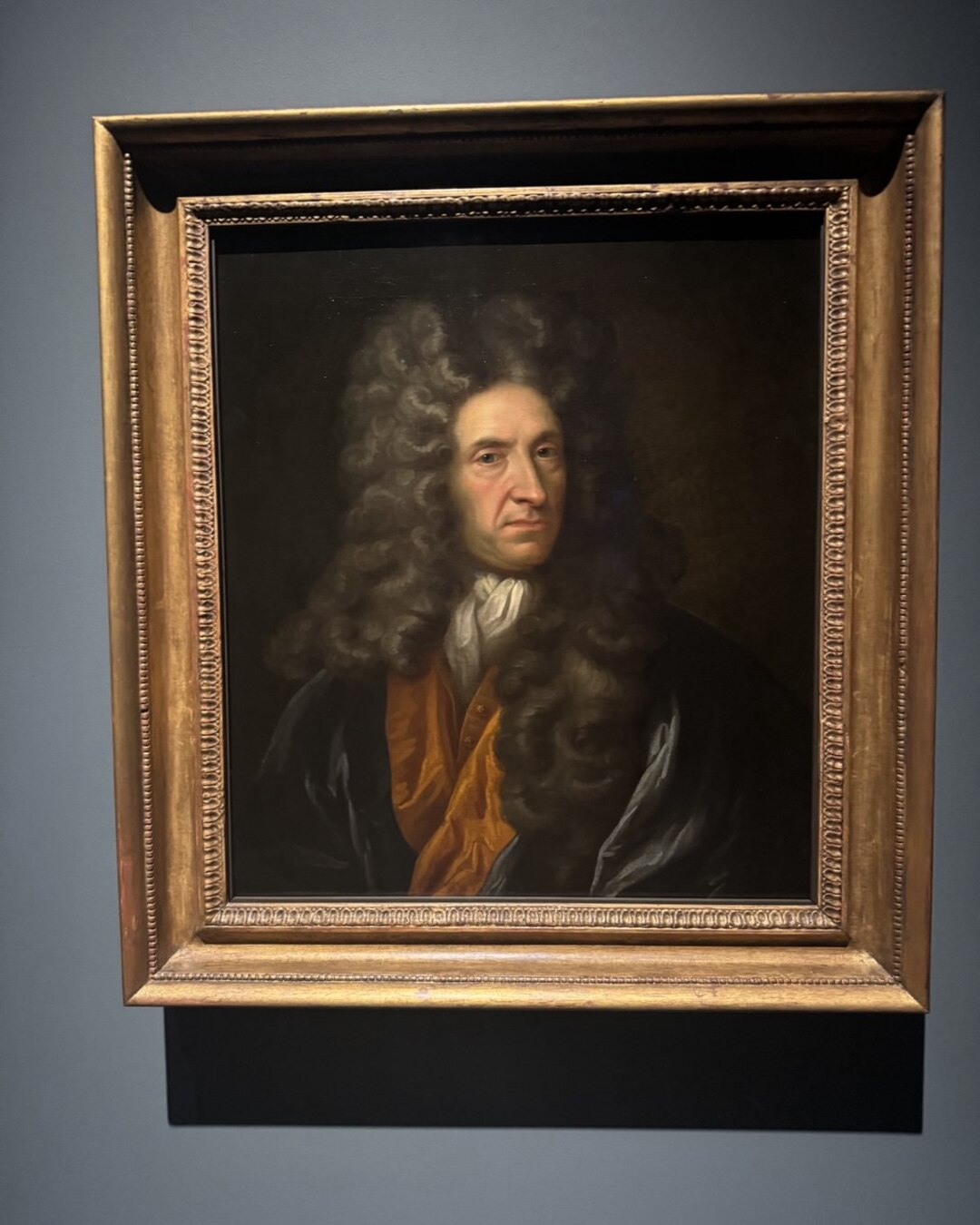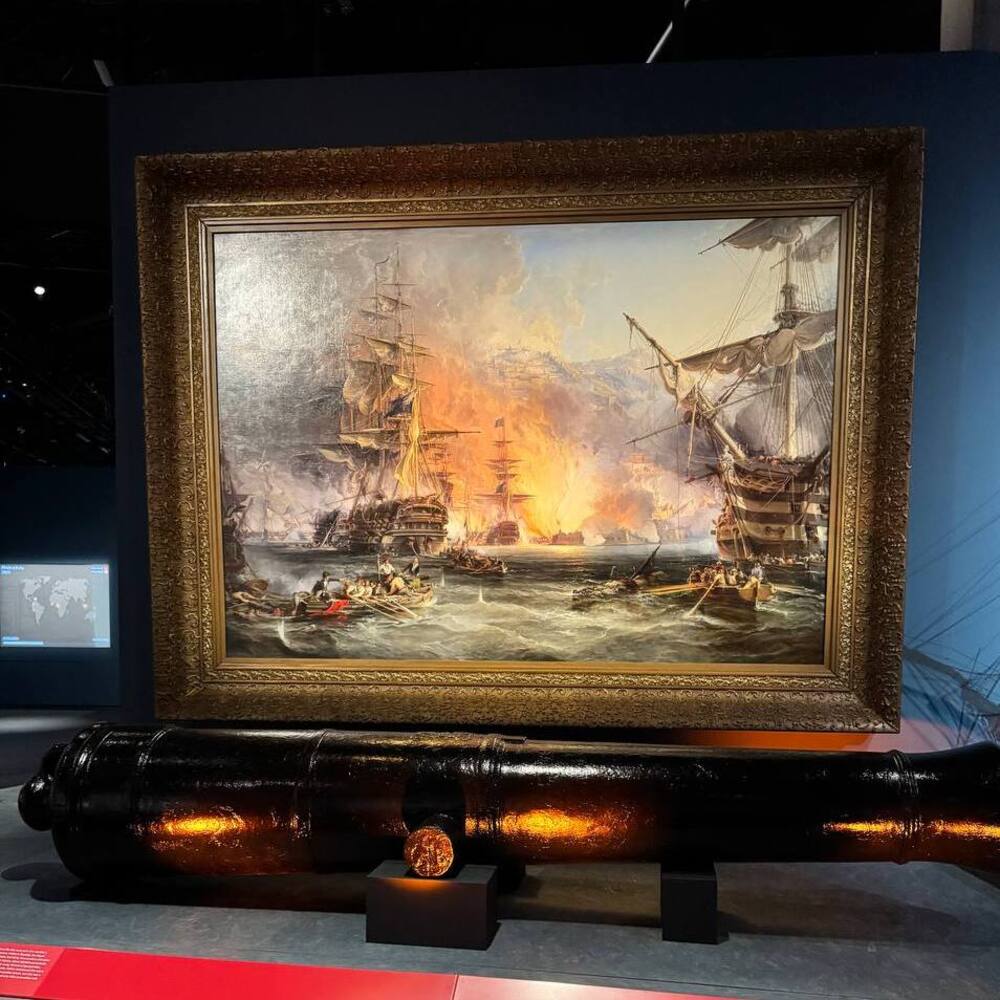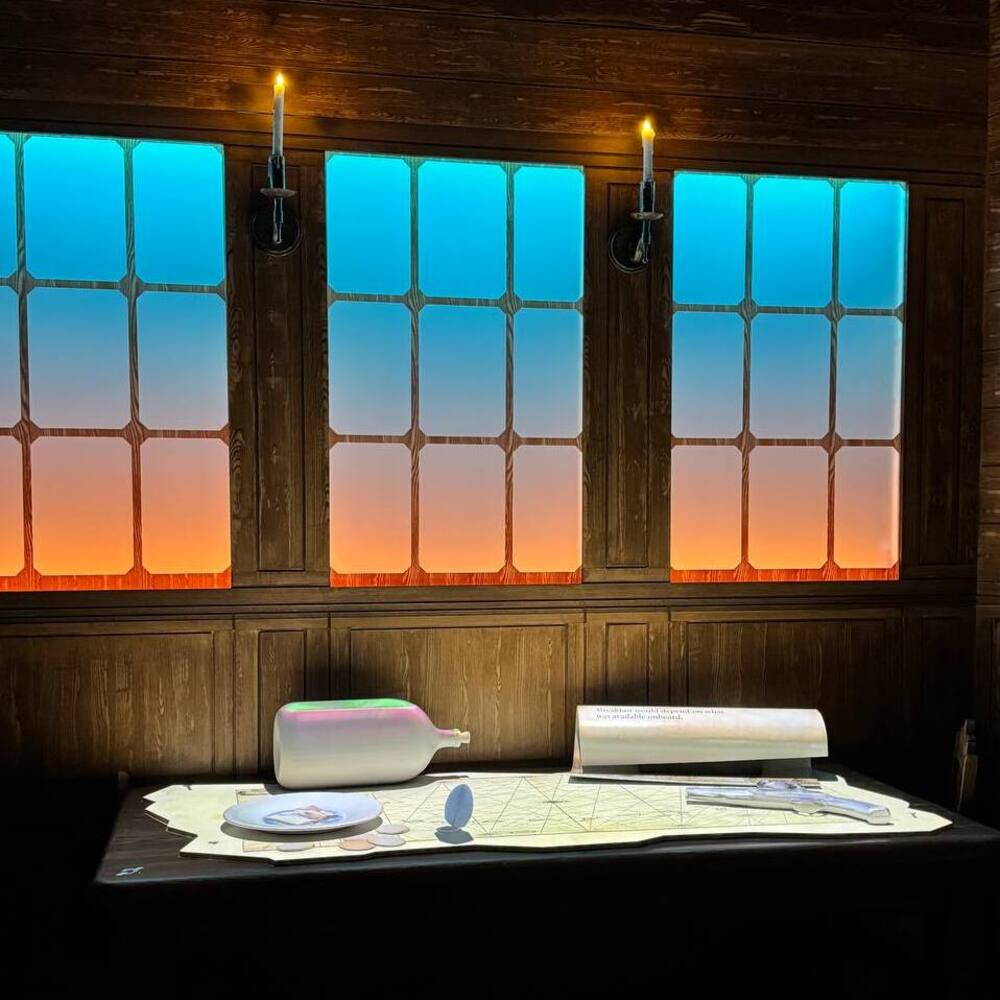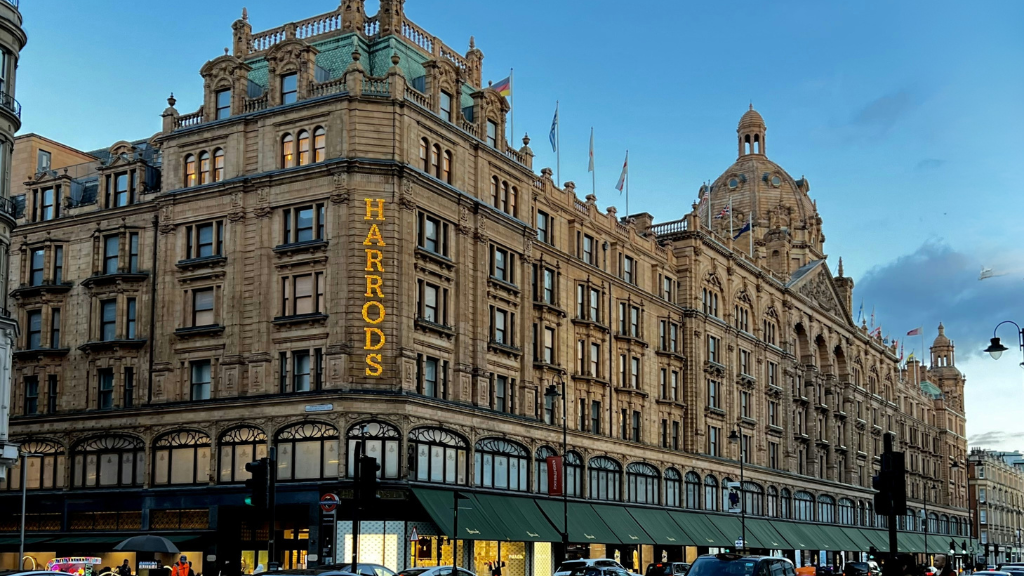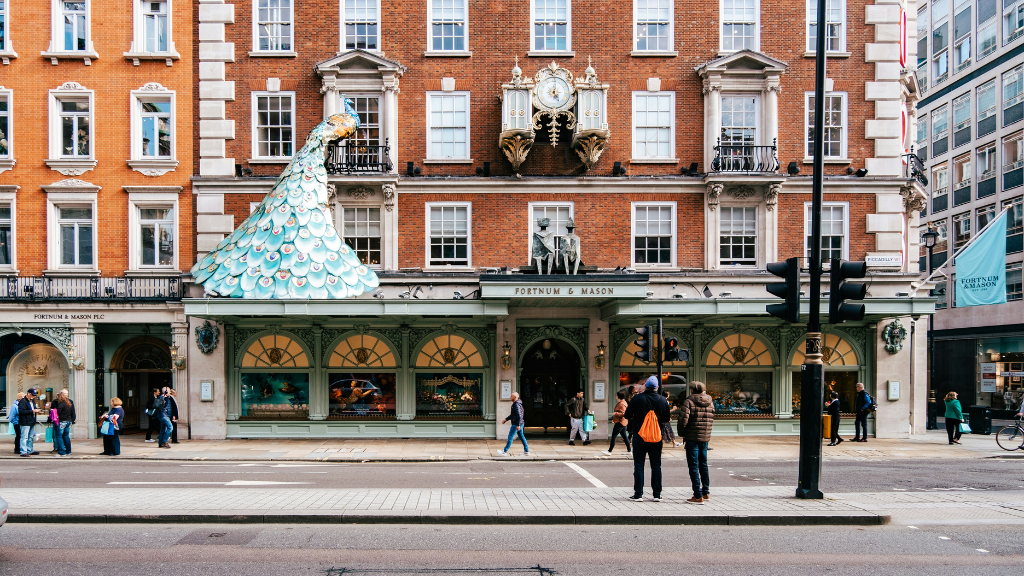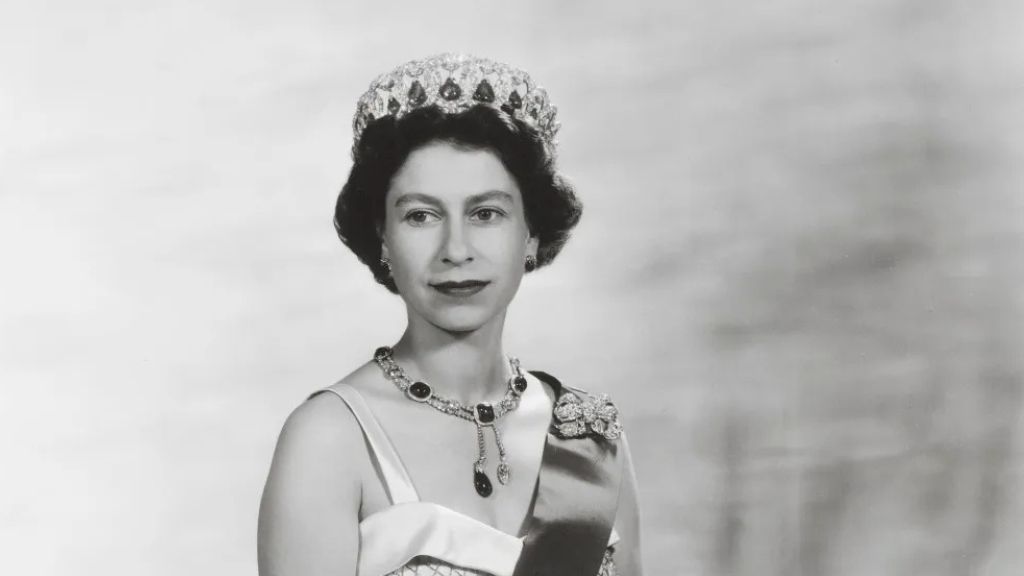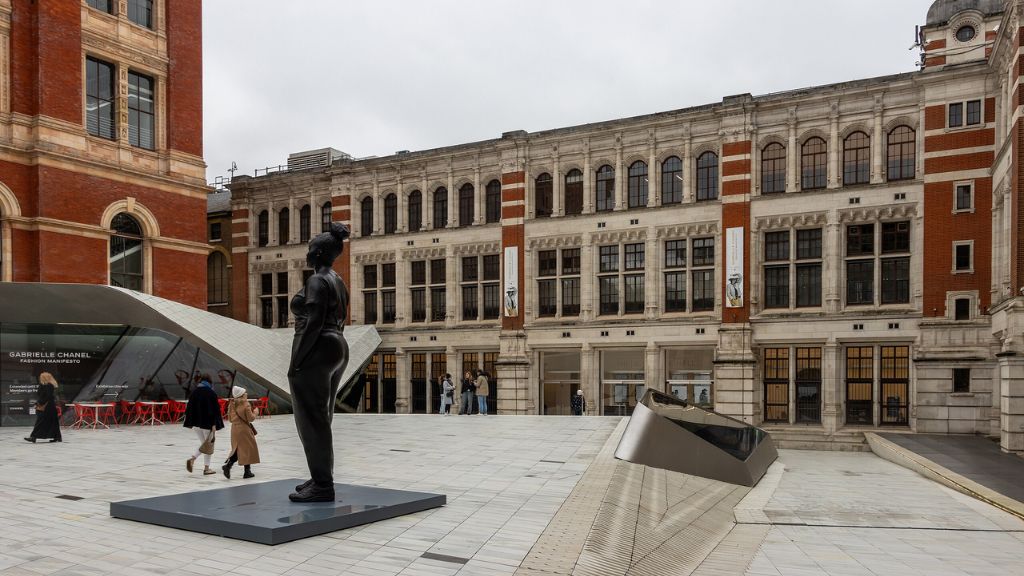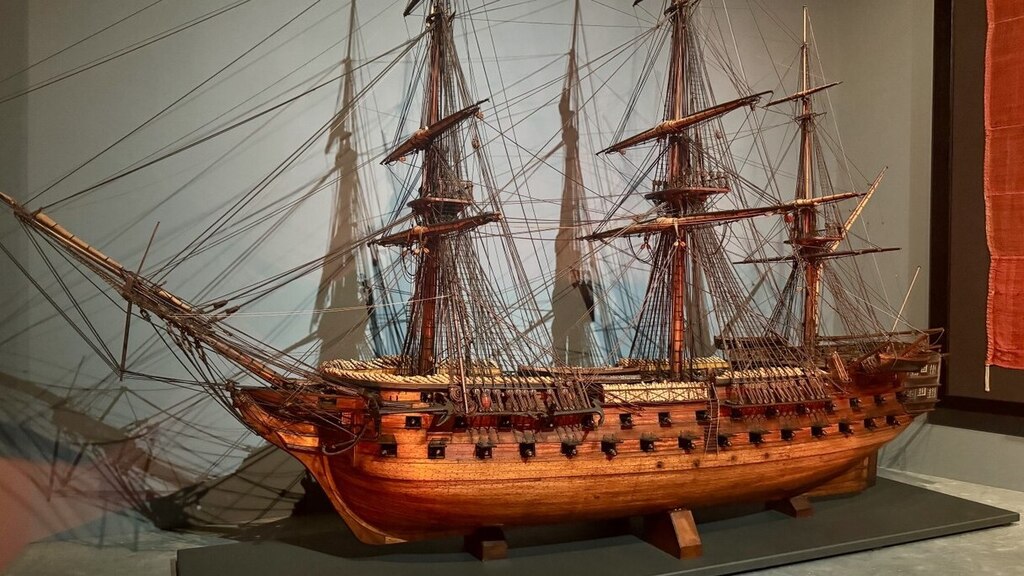
Boarding the myths: how London is reconsidering pirates
The image of the pirate has achieved cult status — from fearsome sea raiders to charming adventurers on screen. We’re used to seeing them as romantic figures with parrots on their shoulders, chests of gold, and a patch over one eye. Yet behind this familiar image lies a far more complex and ambivalent picture — a tangled web of power, fear, freedom, commerce, and myth-making. It’s precisely this narrative that the Pirates exhibition at the National Maritime Museum in London invites us to revisit — a vibrant, immersive experience where the viewer is not just a spectator, but an active participant. Afisha.London has already plunged into the pirate world and is ready to share what awaits inside.
The exhibition is structured thematically and interactively: each room is not just a display, but a stage where myth collides with historical reality. From the very start, visitors are met with the world of pirates from films and books. This section acts as a mirror of our collective imagination: it shows the pirate as we’ve come to know him and invites us to question where this image comes from. Striking installations, large-scale multimedia screens, and immersive soundscapes draw the viewer in and create a powerful sense of presence.
The next room shifts the tone. Here, the visitor is placed within the real historical context of 17th–18th century maritime chaos — a world of survival, harsh legal systems, and unstable social structures. Gone are the romanticised masks; instead, we find documents, records, and testimonies that reveal piracy as a social phenomenon rather than just an adventure. Particular focus is given to questions of power and reputation: who got to call someone a pirate — and why?
- The Pirates exhibition. Photo: Afisha.London
- The Pirates exhibition. Photo: Afisha.London
In the following rooms, the exhibition explores less obvious, but equally vital themes: the global geography of piracy, the roles of women in pirate communities, and much more. These topics are brought to life not just through artifacts, but through direct engagement with the audience.
Along the way, interactive stations such as “Fact or Fiction?” invite visitors to test how their ideas about pirates stack up against the historical record. The space itself is charged with sound, shadow, and projection — here, pirates are not locked in glass; they’re right beside you. You don’t simply observe — you are drawn in physically, intellectually, and emotionally.
- The Pirates exhibition. Photo: Afisha.London
- The Pirates exhibition. Photo: Afisha.London
The exhibition doesn’t set out to debunk the pirate myth — rather, it invites us to see how that myth was created, who sustained it, and who benefited from it. The pirate is not merely a bandit with an eye patch, but a figure caught between rebellion and system, freedom and violence. And therein lies the true strength of the exhibition: it restores the pirate’s complexity, ambiguity, and historical depth. Learn more about the great and terrible English pirates here.
“Pirates” is on view at the National Maritime Museum in London from 29 March 2025 to 4 January 2026.
Cover photo: Afisha.London
Read more:
Astonishing Things: The Drawings of Victor Hugo
Goya to impressionism: masterpieces of the Oskar Reinhart collection in the Courtauld Gallery
Exploring Malevich: Locations and Insights into His Revolutionary Art
SUBSCRIBE
Receive our digest once a week with quality Russian events and articles

